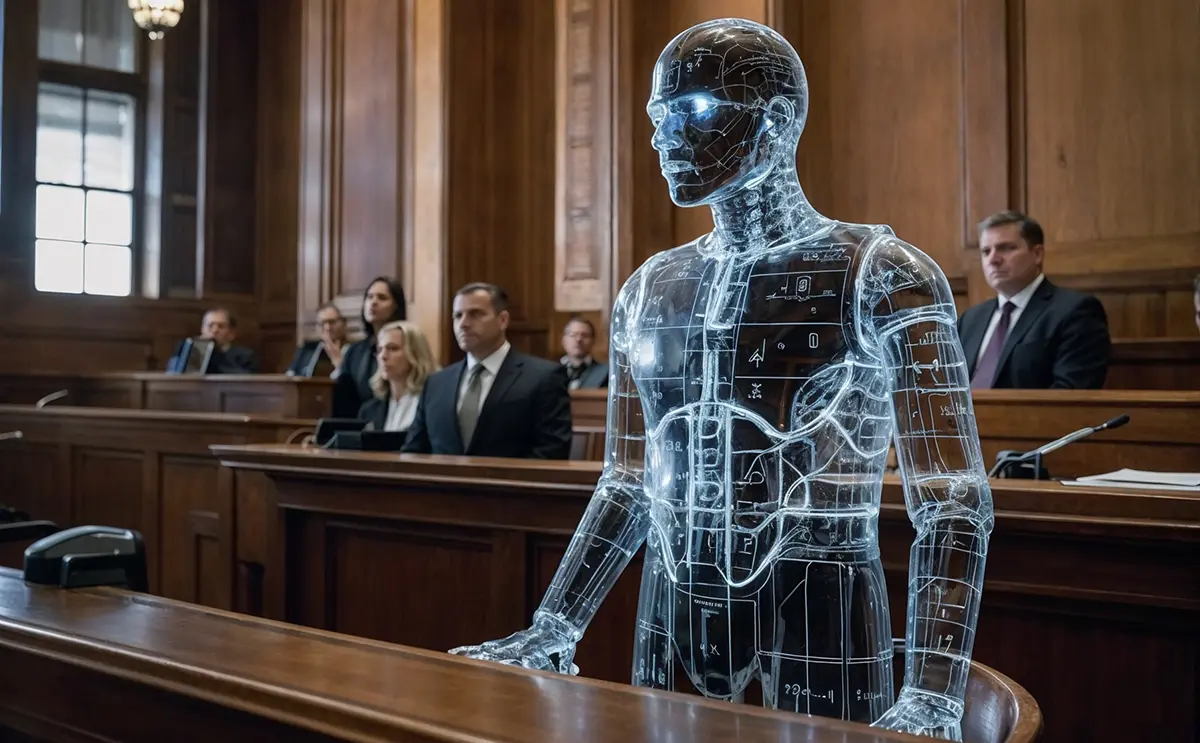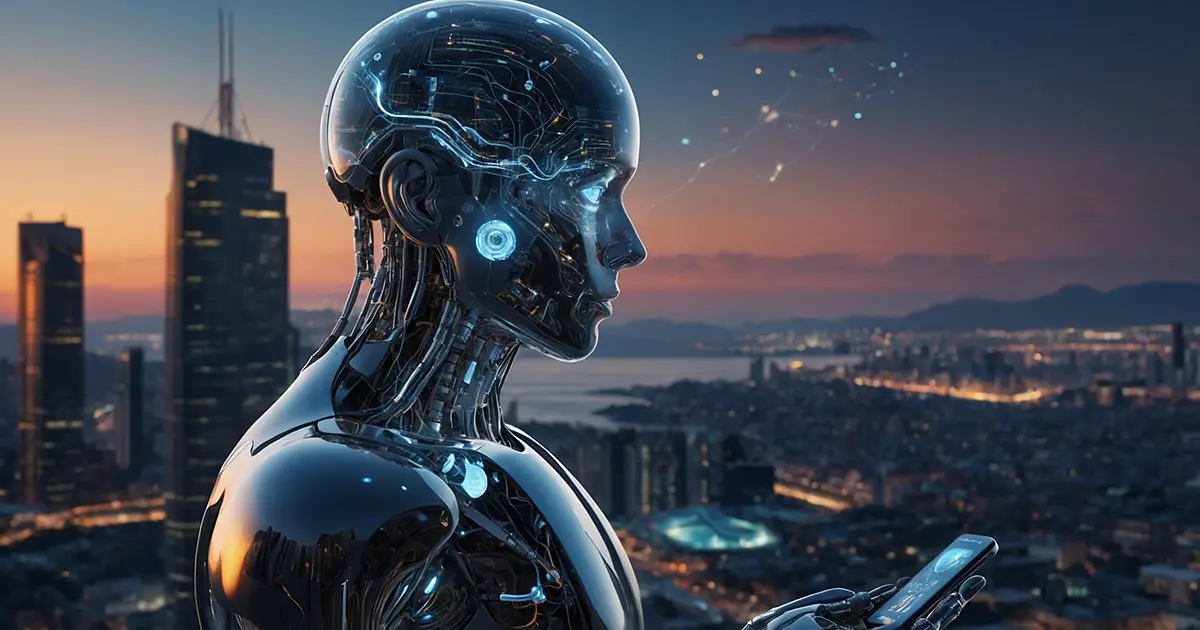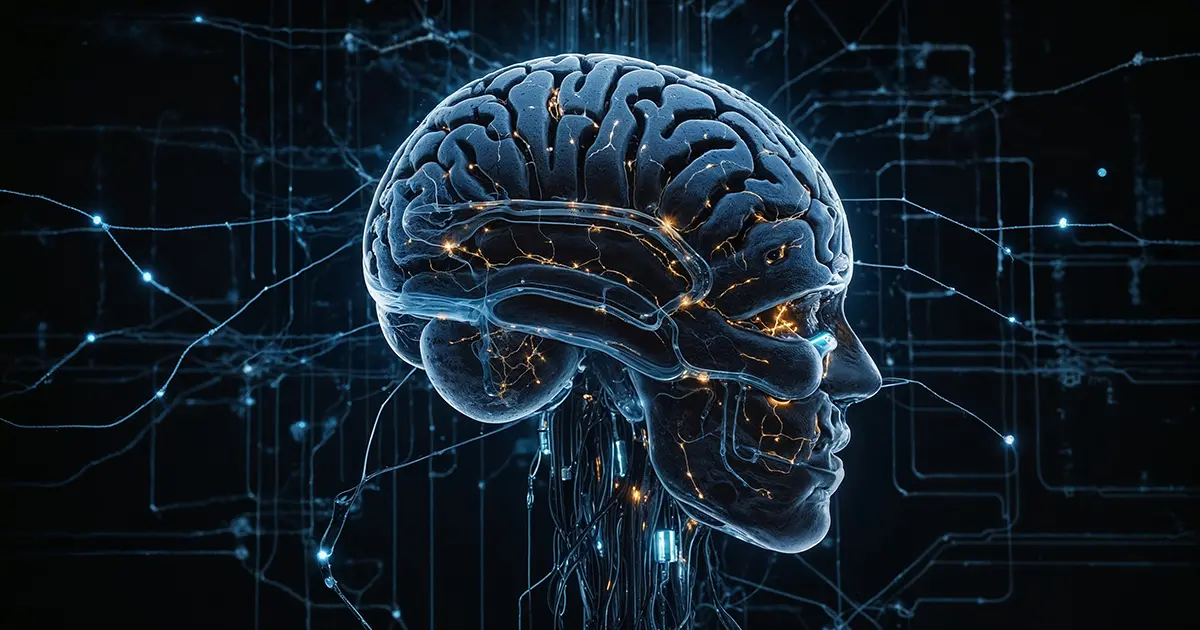AI in Courtrooms: The Rise of AI-Related Lawsuits
Artificial intelligence is transforming industries, but its rise has exposed a gap in the legal framework. Traditional legal systems, such as Roman law, do not recognize AI as a subject of rights, leading to challenges in the courts. This article examines the evolving legal landscape, key cases, and future developments in AI law.
Legal systems and AI: a mismatch
One of the first challenges in regulating artificial intelligence lies in the fundamental nature of the legal systems used around the world. Systems such as Roman law or common law, which dominate in most developed countries, recognize only humans (and sometimes corporations) as legal entities. They simply do not provide a framework for non-human actors such as AI to be subject to rights and responsibilities. This was one of the first obstacles encountered in early AI-related legal cases, as judges struggled to apply existing laws to a context that had no direct equivalent in legal tradition. Without a legal entity status, AI remains in a legal gray area, resulting in cases where courts have been unable to make decisions that could set concrete precedents.
Key legal issues in AI applications today
The growing use of AI across industries has given rise to various legal issues. These challenges arise primarily in areas such as privacy, liability, intellectual property, and discrimination. One of the most famous legal precedents is CompuServe Inc. v. Cyber Promotions, Inc., which ruled that spam sent by automated systems was illegal, marking one of the first times a court had to consider the role of technology in the law. Another notable case was Authors Guild v. Google, in which AI-powered systems were used to digitize books, sparking a major debate about copyright infringement. Similarly, European Patent Office v. DABUS AI raised the question of whether AI could be listed as an inventor on patents, which was ultimately rejected, setting a legal limit on the role of AI in innovation.
Other examples include cases involving autonomous vehicles, such as Tesla’s Autopilot Safety Liability, where courts had to decide who was at fault when a self-driving car caused an accident. The Facebook Biometric Data Collection case highlights the importance of consent when using AI to collect and analyze sensitive personal data. Finally, the AI-based Recruitment Systems v. Job Applicants case has seen legal battles over whether AI-driven hiring algorithms could unintentionally discriminate, opening up debates over fairness and transparency.
Challenges in establishing accountability
AI systems operate on algorithms and often make decisions based on vast amounts of data, creating a dilemma when things go wrong. Who is responsible? Should it be the creators of the AI, the users, or the AI itself? Most legal systems place the burden of responsibility on the creators or users, as AI cannot be sued or held accountable under current laws. This issue has far-reaching implications, particularly in areas such as healthcare, where an incorrect diagnosis by an AI can have life-or-death consequences. In addition, autonomous weapons systems and AI used in military applications pose enormous legal and ethical challenges, as the concept of accountability becomes blurred when machines, rather than humans, are making decisions.
Current regulatory frameworks and gaps
Governments around the world are beginning to recognize the need for updated regulatory frameworks to address AI-specific challenges. The European Union has taken a leading role by proposing new AI regulations, such as the EU AI Act, which introduces strict compliance rules for high-risk AI systems. However, these regulations are still in their infancy and do not cover all legal loopholes. In the United States, AI is governed by a patchwork of existing laws, including intellectual property, anti-discrimination, and privacy laws, but there is not yet a cohesive AI-specific legal framework.
Important considerations in AI law

Future legal developments in AI
As AI continues to evolve, so must the laws that govern its use. In the coming years, we can expect to see more comprehensive legislation aimed at regulating AI across sectors. Some experts predict that AI may eventually be given a limited legal status similar to that of corporations, allowing for clearer attribution of responsibility. In addition, there will likely be a greater emphasis on transparency and fairness, ensuring that AI systems do not unfairly target or discriminate against individuals based on race, gender, or other characteristics. The legal framework surrounding autonomous systems, such as self-driving cars and drones, is expected to grow as these technologies become more integrated into society.
Advice for business AI users
For business owners just starting to explore AI, it’s important to stay informed about legal obligations. Here are some key steps to follow:
Understand local laws: AI regulations vary widely by region, so it’s important to understand the rules in your market.
Stay transparent: Make sure your AI systems can be explained to both users and regulators.
Ensure fairness: Regularly audit your AI systems for potential biases or unfair practices.
Prioritize security: Protect your AI models and the data they use from cyberattacks and misuse.
Consult legal experts: Because AI law is still evolving, it’s important to seek legal advice to avoid unintended legal pitfalls.
The future of AI and the law
The legal landscape for artificial intelligence is evolving, but the challenges it presents are both complex and significant. From issues of liability to privacy, the legal implications of AI will continue to be a critical area of focus as the technology advances. For those interested in learning more about AI and its many facets, our website offers a wealth of materials explained in simple, accessible language to help you better understand this rapidly changing field.


















